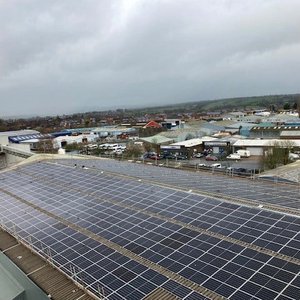Each year, NIFES monitors Norwegian farmed fish, on assignment for the Norwegian Food Safety Authority. The purpose of the monitoring is to check that the farmed fish intended for human consumption does not contain undesirable substances in amounts that may be damaging to health, and to examine whether illegal pharmaceuticals are used in fish farming. This control system complies with the applicable EU guidelines.
NIFES analysed 12,285 fish last year. Almost 40 per cent of these were analysed for illegal substances, 35 per cent were analysed for pharmaceuticals and around 25 per cent were analysed for contaminants. The Norwegian Food Safety Authority’s inspectors collected all of the samples.
The farmed fish is mostly analysed as pooled samples. Each sample comprises of five fish from the same net pen, and the result is deemed to be representative of that cage.
The samples were analysed for a range of illegal substances. Residues of the substance crystal violet were found in fish from one fish farming facility. The Norwegian Food Safety Authority examined the case and concluded that these samples had been contaminated during the sampling process. No traces of other illegal substances were found.
None of the samples analysed contained pharmaceuticals above the maximum residue limits. The only substances that were found in measurable amounts in the samples were the delousing agents emamectin, cypermethrin and diflubenzuron, which were found in a total of 21 samples (six per cent). Traces of delousing agents were found in a higher percentage of the samples this year than in previous years. However, the levels were well below the applicable maximum residue limits.
The farmed fish were analysed for contaminants including dioxins and dioxin-like PCBs, heavy metals, pesticides and brominated flame retardants. None of the contaminants were found in levels above the EU’s maximum levels.
The general trend for most of the contaminants analysed in this programme is that the levels in farmed salmon have decreased significantly over the past 10-12 years. This is mainly due to the transition from marine ingredients; fishmeal and fish oil, to more vegetable ingredients in the feed.
Learn more about NIFES










